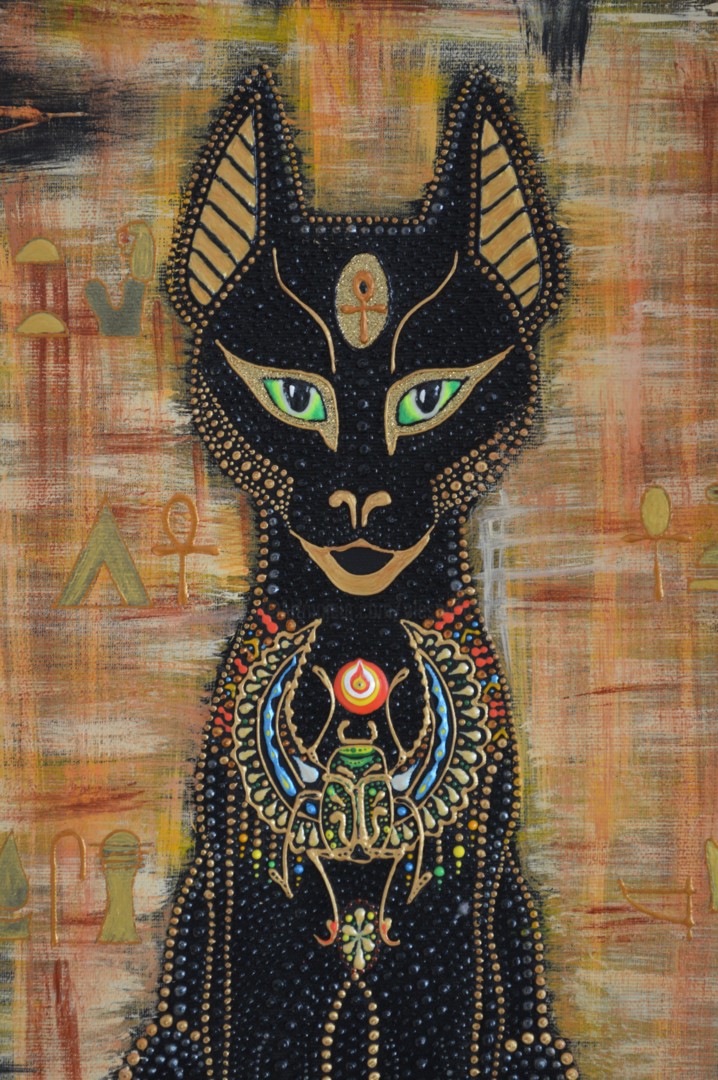
Egyptian architecture was thought out carefully and designed with precision. Ancient egyptian art refers to art produced in ancient egypt between the 6th millennium bc and the 4th century ad, spanning from prehistoric egypt until the christianization of roman egypt.

Portrayed as a tall column with horizontal lines crossing its upper half, the djed is both an ancient tree fetish and a symbol of stability, fertility, and a person’s backbone.
Egyptian drawings and meanings. Fukayna (egyptian origin) meaning knowing, knowledgeable and intelligent. Portrayed as a tall column with horizontal lines crossing its upper half, the djed is both an ancient tree fetish and a symbol of stability, fertility, and a person’s backbone. Existing as a form of pictorial writing and drawing, hieroglyphics had an inherent sense of aesthetic beauty.
Egyptian architecture was thought out carefully and designed with precision. This accounts for the unmistakable style of egyptian drawing and painting. Moving art from the egyptian art culture.
These symbols were typically used on ancient egyptian monuments as a way to describe what the artwork meant. From its inception, ancient egypt was defined by its religious beliefs. These include household documents, letters, legal texts, narratives with illustrations, religious texts, and more.
Each had a different meaning. The six colors they used in their paintings were green, yellow, black, white, blue and red. Each symbol played a role in their lives and often was related to ideas like life, death, birth, regeneration, power,.
It is also very conservative: It includes paintings, sculptures, drawings on papyrus, faience, jewelry, ivories, architecture, and other art media. Egyptian art went through remarkable changes and transformations through the ages.
The art style changed very little over time. Khepri (egyptian origin) is the god of movement of the sun, meaning to create, perfect for artists and creators alike. Bird tattoo meanings/symbols ranged from simple line drawings to colorful and ornate representations of nature and the world, with unique depictions of perspective and graphic designs that adapt easily to skin art.
This simple line drawing made of 5 equidistant spokes resembles a starfish. Thanks to egypt’s dry climate, many papyrus documents complete with ancient egyptian hieroglyphics and drawings were preserved and recovered. The early egyptian had a great interest in an extensive knowledge of.
Its pharaohs, kings who were regarded as gods, controlled the vast. Tutankhamun’s mask is an ancient death mask produced in the 18th century in ancient egypt. Ancient egyptian art refers to art produced in ancient egypt between the 6th millennium bc and the 4th century ad, spanning from prehistoric egypt until the christianization of roman egypt.
It was discovered by howard carter in 1925. The term ‘seba’ means discipline or learning and it is associated with gates and doorways. See more ideas about egyptian, egyptian drawings, egyptian art.
Ancient egyptian art and symbols symbolism played an important role in ancient egyptian art. Egyptian art symbolism and meanings. Keket (egyptian origin) meaning goddess of darkness, possessing leadership skills and independence.
At first look, the figures drawn by the ancient egyptians may seem wooden and flat, demonstrating a limited understanding of the human form. Egyptian art conjures up images of majestic things like the pharaohs, pyramids, and almighty sphinx. Ancient egyptian symbols were a fusion between their ideas and their existence that took the shape of what the ancient egyptians desired who were very creative and organized as each symbol had its own shape and meaning that came from their own lives.
Worship of all powerful deities was part of the daily life, and ancient egyptians believed that when they died they would enjoy an afterlife. Today, when a painter paints the sun, it is just a sun, but in ancient egypt, it might mean creation, illumination or spiritual sight. Seba is the egyptian symbol for a star.
Ancient egyptian figures and objects: The djed is one of the oldest and most meaningful hieroglyphs and symbols in ancient egypt and it definitely deserves more recognition today. The crook was a tool used by shepherds, and the flail a tool used to herd goats.
The ancient egyptians were certainly cat people.